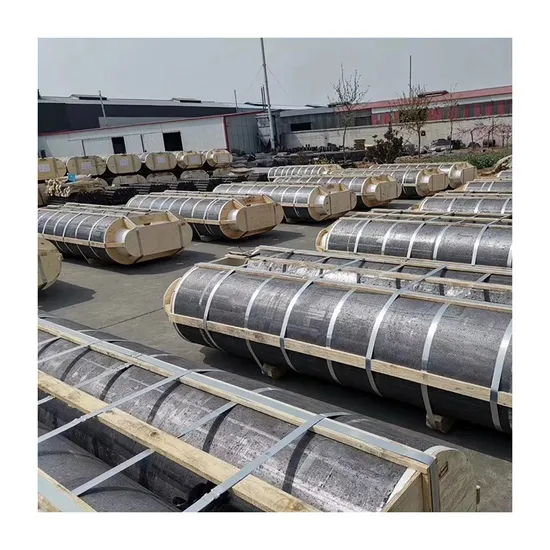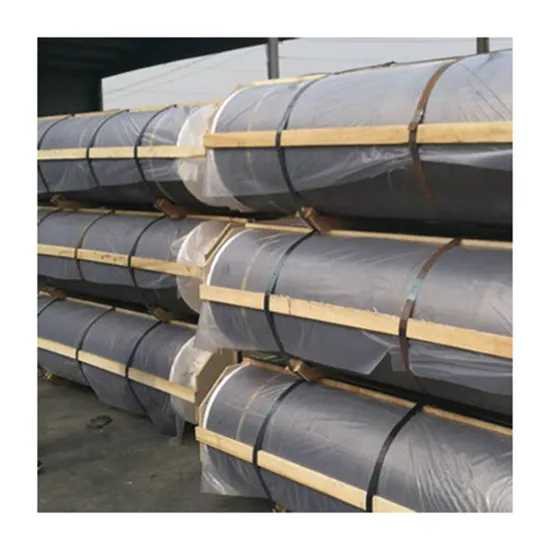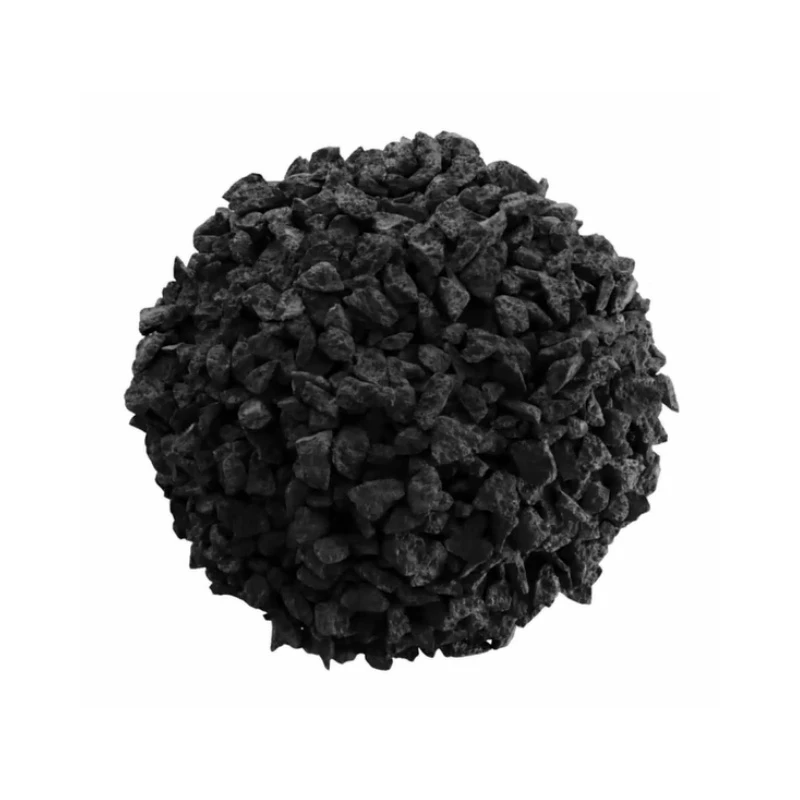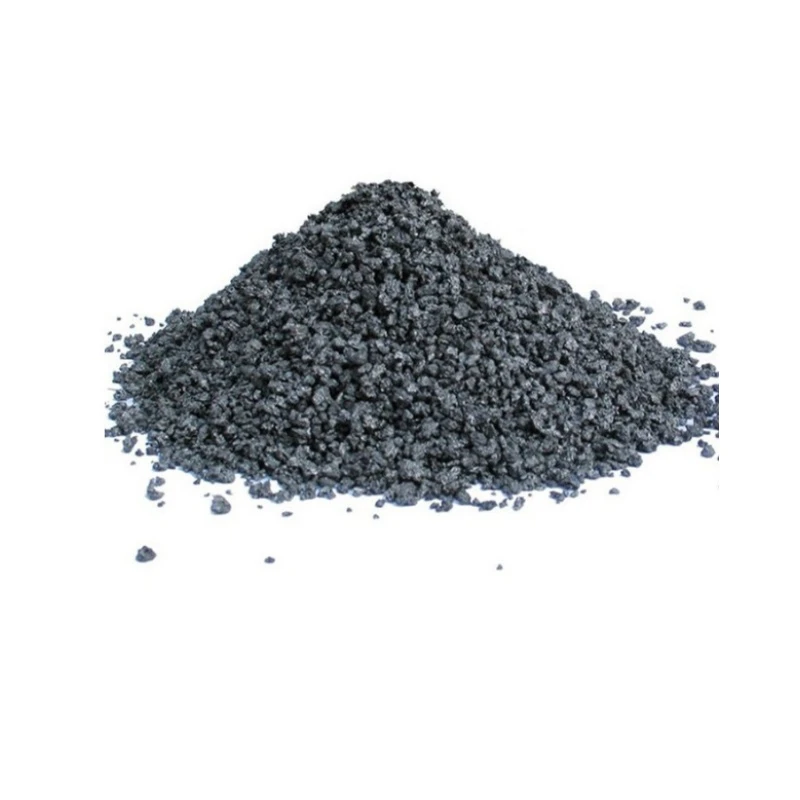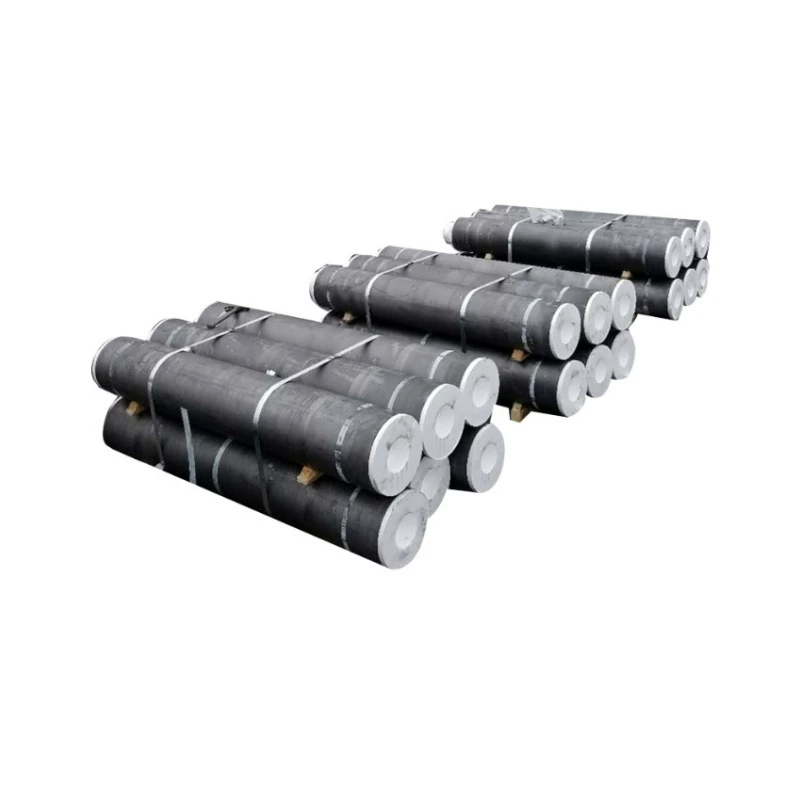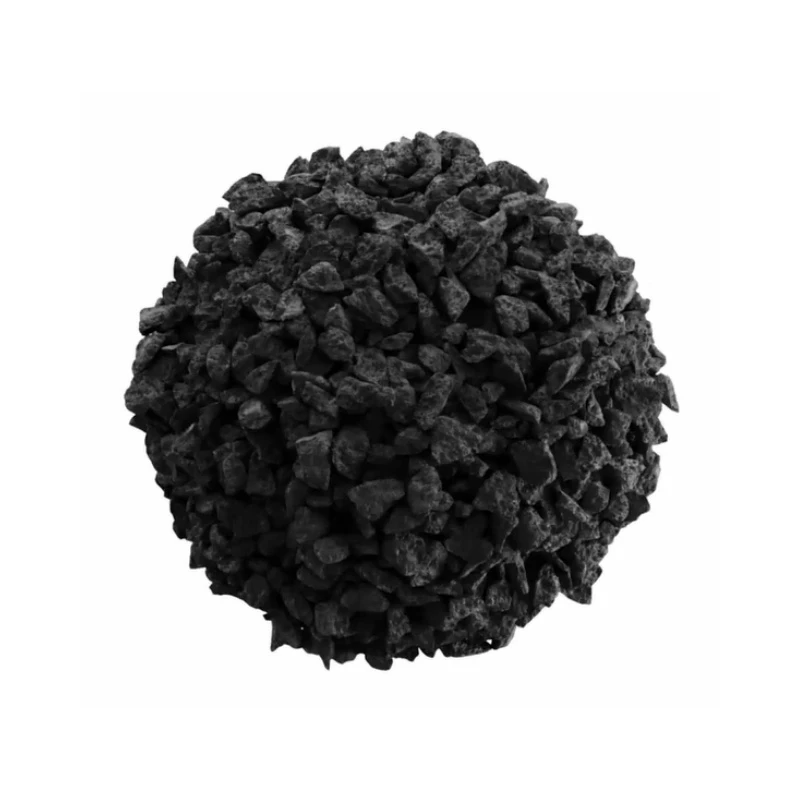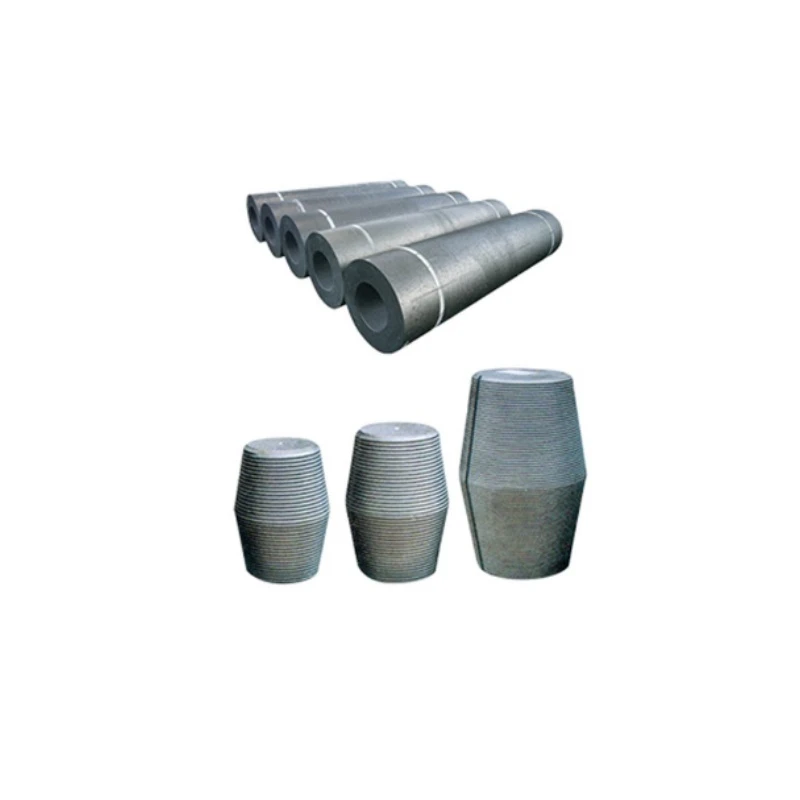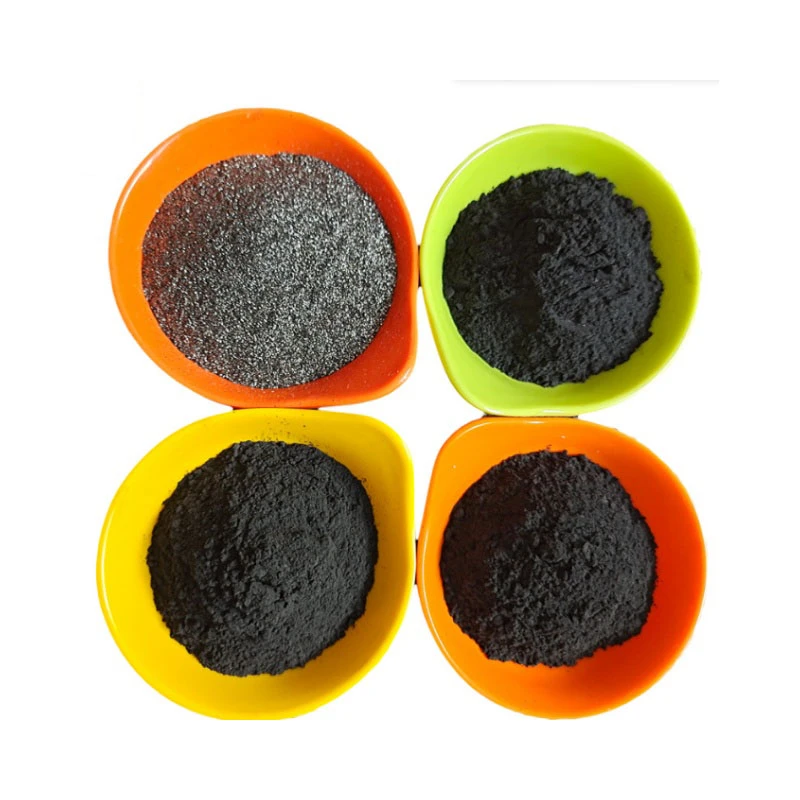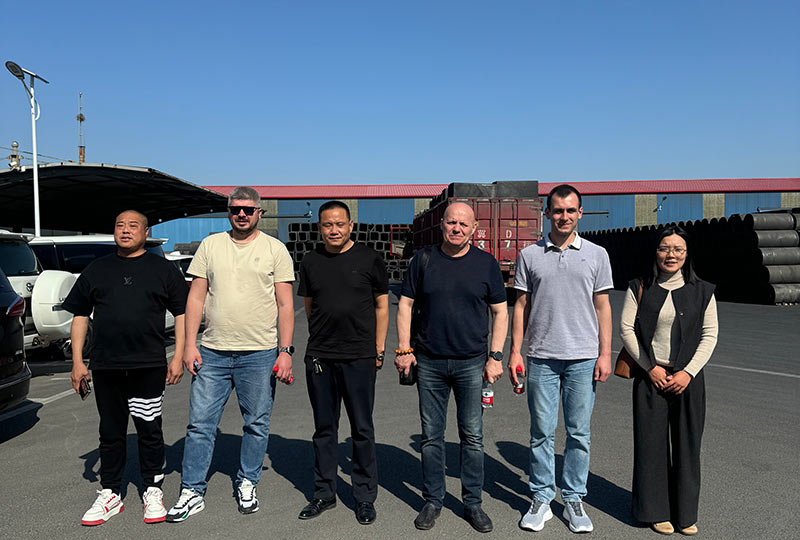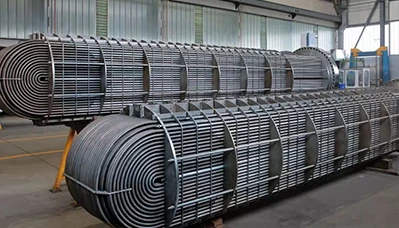- Englist


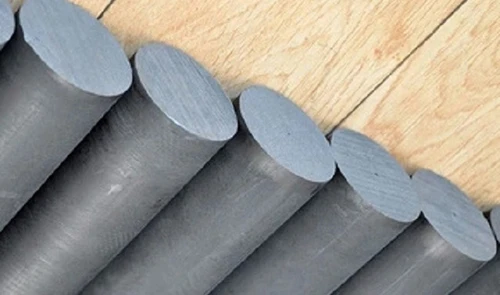
- The Evolution and Versatility of Expanded Graphite Materials
- Technical Superiority: Why Expanded Graphite Sheet Outperforms Alternatives
- Comparative Analysis of Leading Manufacturers' Performance Metrics
- Custom Engineering Solutions for Specific Industrial Requirements
- Breakthrough Applications Transforming Multiple Industries
- Key Considerations for Production Process Excellence
- Driving Innovation Across Energy and Industrial Sectors

(expanded graphite sheet)
Understanding Expanded Graphite Sheet Fundamentals
Expanded graphite sheet originates from naturally occurring graphite flakes that undergo acid intercalation followed by rapid thermal shock. This expansion process creates accordion-like structures increasing volume by over 200 times. Manufacturers further compress this expanded graphite into flexible sheets ranging from 0.1mm to 5mm thickness. The unique laminar structure provides exceptional thermal and electrical properties, with applications spanning gasketing, thermal interfaces, EMI shielding, and fuel cell components. Unlike expanded graphite powder used in lubricants and composites, expanded graphite sheet
s maintain structural integrity under compression up to 98MPa, enabling reusable seals in extreme environments.
Technical Superiority Demonstrated
| Property | Expanded Graphite Sheet | Copper Foil | Thermal Pads |
|---|---|---|---|
| Thermal Conductivity | 120-150 W/mK in-plane | 398 W/mK | 5-12 W/mK |
| Density | 0.7-1.1 g/cm³ | 8.96 g/cm³ | 1.8-2.3 g/cm³ |
| Compression Recovery | 85-95% recovery rate | Permanent deformation | 60-75% recovery |
| Temperature Range | -270°C to 3000°C | 250°C limit | -50°C to 200°C |
Material scientists consistently choose expanded graphite sheets for environments exceeding 500°C where conventional materials fail. The anisotropic thermal conductivity enables directed heat dissipation, while the 85%+ compressibility creates custom-conforming seals. NASA research confirms expanded graphite maintains EMI shielding effectiveness of 100dB+ even after 50 thermal cycles between -196°C and 850°C.
Manufacturer Performance Comparison
| Manufacturer | Tensile Strength | Max Operating Temp | Production Capacity |
|---|---|---|---|
| GrafTech Solutions | 16 MPa | 3000°C | 12000 tons/year |
| SGL Carbon | 14 MPa | 2800°C | 8500 tons/year |
| Nippon Kokuen | 18 MPa | 2950°C | 7500 tons/year |
GrafTech leads in extreme-condition research, investing $5M annually in compression technology. Testing protocols reveal critical differences: SGL's expanded graphite powder shows 15% higher permeability than GrafTech's nano-engineered products. Industry benchmarks show premium manufacturers achieve less than 0.5% thermal degradation after 2000 hours at 800°C versus 3-5% degradation in budget alternatives.
Customization Options Available
Advanced manufacturers now provide expanded graphite sheets with bespoke characteristics: silicon-impregnated sheets increase oxidation resistance by 300% for aerospace applications; phenolic resin-bonded versions withstand chemical exposure in sulfuric acid plants. Recent developments include:
- Density gradients varying across sheets (0.7 to 1.2 g/cm³)
- Perforated patterns for 40% weight reduction
- Multi-layered composites with PTFE inserts
- Metal foil lamination for automotive shielding
Custom die-cutting services maintain ±0.05mm tolerances for complex gasket geometries, reducing assembly time by 60% compared to field cutting. Leading turbine manufacturers report 30% longer service intervals when using permeability-optimized expanded graphite powder seals in rotating equipment.
Industry Application Cases
Energy sector innovations demonstrate expanded graphite sheets' versatility. For hydrogen fuel cells, expanded graphite powder composite bipolar plates withstand corrosive environments while reducing stack weight by 45%. Petrochemical installations utilize multi-layer sheets in flanges experiencing temperatures cycling between -60°C and 650°C daily.
Significant projects include:
- Boeing 787 thermal management systems using 14-layer graphite sheets
- Tesla battery firewalls with flame penetration resistance of 130 minutes
- Offshore wind turbine converters with maintenance-free sealing
Siemens Energy documented 97.5% reduction in fugitive emissions after retrofitting valves with custom expanded graphite seals. Automotive manufacturers report 65% heat dissipation improvement in EV battery packs versus aluminum heat sinks.
Production Process Considerations
Raw material selection directly impacts sheet performance. Premium manufacturers use 98%+ purity Madagascar graphite flakes with sulfur content below 200ppm. The intercalation stage requires precise control—nitric-to-sulfuric acid ratios maintained at 1:3 with reaction temperatures at 35°C±2°C. Expansion occurs in furnaces at 900-1000°C for 60-90 seconds, increasing flake volume by 80-300 times.
Calendering pressure above 80MPa ensures uniform thickness variance below 5% across rolls. Quality validation includes ASTM F1314 compression recovery tests and ISO 28722 electrochemical corrosion verification. Leading facilities employ AI-driven thickness monitoring systems detecting deviations exceeding 0.01mm during continuous production.
Advancing Industries Through Expanded Graphite Sheet Innovation
The expanded graphite revolution continues transforming material engineering. Recent MIT research has developed graphene-reinforced sheets boosting thermal conductivity to 350 W/mK. Global demand now exceeds 150,000 metric tons annually, expanding at 8.7% CAGR as renewable energy sectors adopt these solutions. Future applications under development include:
- Nuclear fusion reactor first-wall shielding
- Satellite thermal management systems
- Hydrogen storage composite matrices
With manufacturers achieving 99.9% purity levels and new roll-to-roll production technologies reducing costs by 40% over five years, expanded graphite sheet stands positioned as the cornerstone material for next-generation industrial advancement. Industry leaders project expanded graphite powder composites will replace asbestos entirely within seven years.
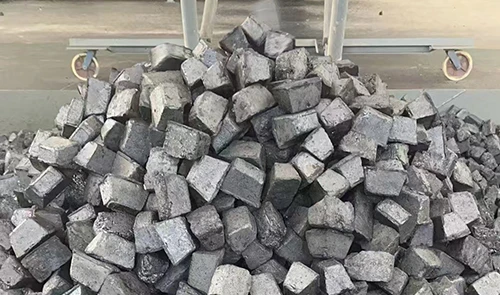
(expanded graphite sheet)
FAQS on expanded graphite sheet
Q: What is an expanded graphite sheet?
A: An expanded graphite sheet is a flexible, thermally conductive material made by compressing expanded graphite flakes. It is widely used in thermal management, gaskets, and EMI shielding due to its high thermal stability and resilience.
Q: How is expanded graphite powder different from an expanded graphite sheet?
A: Expanded graphite powder consists of loose particles created by expanding graphite flakes, while sheets are compressed forms of these particles. Powder is used as a lubricant or additive, whereas sheets are ideal for sealing or insulation applications.
Q: What are the key advantages of using expanded graphite?
A: Expanded graphite offers excellent thermal conductivity, chemical resistance, and flexibility. It is lightweight, fire-resistant, and adaptable for use in high-temperature environments, batteries, and industrial seals.
Q: Can expanded graphite sheets be customized for specific applications?
A: Yes, expanded graphite sheets can be tailored in thickness, density, and size. They are often laminated or combined with other materials to enhance properties like adhesion or mechanical strength.
Q: What industries commonly use expanded graphite sheets?
A: Expanded graphite sheets are used in electronics (batteries, heat sinks), automotive (gaskets, thermal interfaces), and energy sectors (fuel cells, solar panels). Their versatility supports applications requiring heat dissipation and durability.





 Pervious
Pervious
 Next
Next
